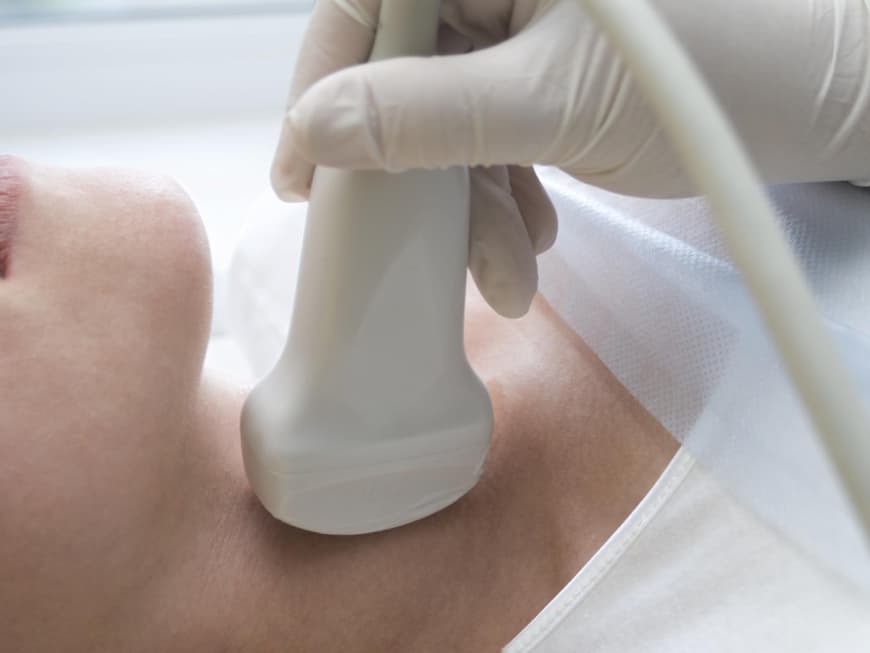
Experts divide thyroid nodules into hot and cold forms. While the hot forms store iodine and produce hormones uncontrollably, the cold ones are inactive. Sometimes cold nodules are also malignant, but this is rarely the case.
Until now, thyroid nodules have been surgically removed. Or the patient received radio-iodine therapy. This means that the nodule is treated with low-level radioactive radiation. The patient swallows a corresponding capsule.
There is now another method of removing thyroid nodules: thermal ablation. Here, heat is used to tackle the nodule. The heat virtually dissolves the diseased tissue (ablation), which is then gradually broken down by the body. Can all lumps be treated with this method? No, it also depends on the size and location.
Liver tumors are also treated with heat
Heat treatments have long been established in other areas of medicine, for example for liver, lung and prostate tumors. The term thermal ablation refers to various procedures that all work with heat. In radiofrequency ablation (RFA), for example, the doctor inserts a special probe into the lump, the tip of which emits high-energy radio waves. Ultrasound-guided thermal ablation, on the other hand, does not require a needle. Here, the doctor uses a specially shaped ultrasound probe, which he slides over the neck. This emits bundled ultrasound waves. They pass through the skin and penetrate the diseased tissue. As Forum Schilddrüse reports, nodules can be reduced by around 50 percent after around three months.
Thermal ablation is not yet offered as standard in all thyroid centers. The Clinic for Nuclear Medicine at Frankfurt University Hospital is the only center in the world to offer several thermoablative procedures, according to its own information.
Do health insurance companies pay for this new method of removing thyroid nodules? Costs can be covered under certain conditions.
Scintigraphy exposes hot nodules
How does the doctor determine whether the nodules are hot or cold? He performs a so-called scintigraphy. If the lump looks blue or purple in this imaging procedure, it is cold. If it is red or yellow, this indicates a hot lump.
